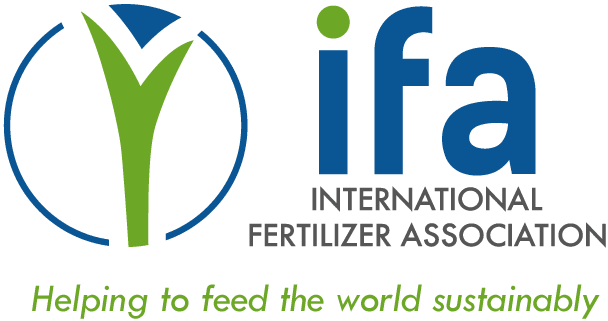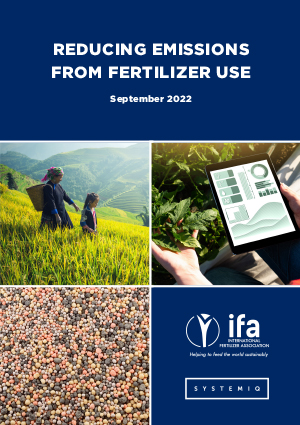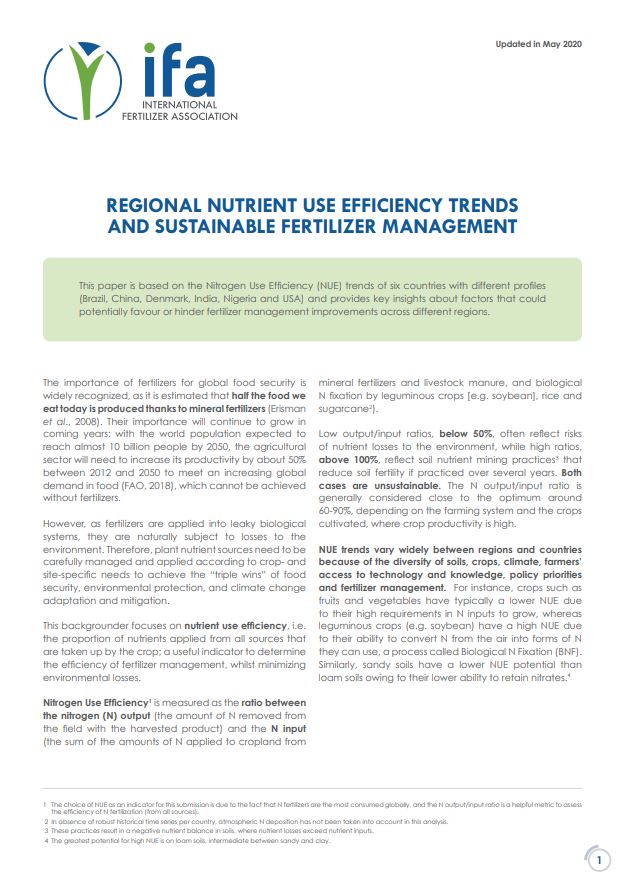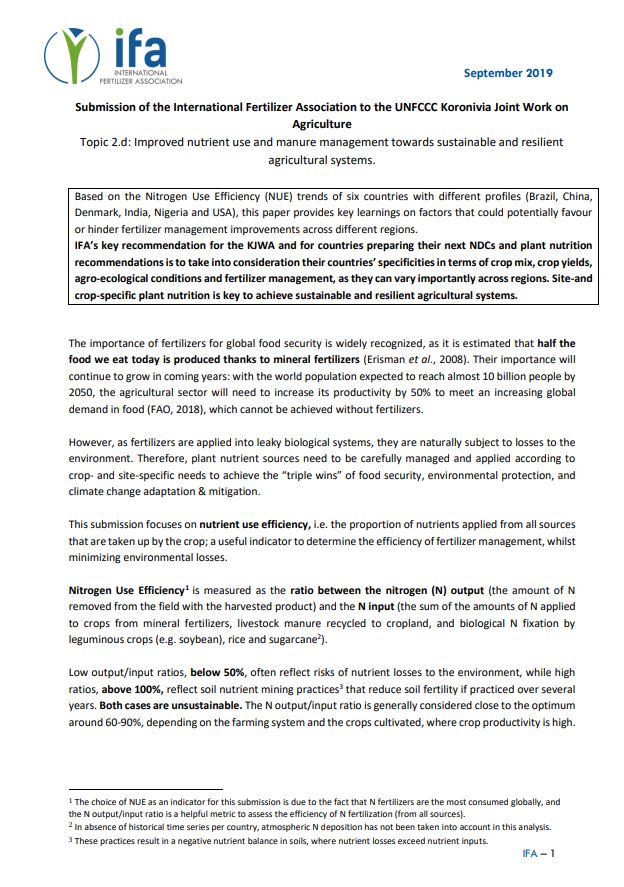Application Emissions
key priorities
When considering greenhouse gas (GHG) emissions from fertilizer use, the focus should be on nitrous oxide (N2O) emissions from fertilizer applied to cropland and grassland.
Zero losses are not an achievable goal given that we are dealing with natural biological processes, including nitrification and denitrification by soil micro-organisms, which produce N2O, a GHG with global warming potential about 300 times that of CO2. It is however essential to efficiently manage plant nutrient sources in a site- and crop-specific manner to achieve the “triple wins” of food security, environmental protection, and climate change adaptation and mitigation.
Nutrient use efficiency, the proportion of nutrients applied from all sources that are taken up by the crop, is a useful indicator of fertilizer management performance. Low output/input ratios often reflect risks of nutrient losses to the environment, while high ratios, above 100 percent, reflect soil nutrient mining practices that reduce soil fertility if practiced over several consecutive years. Both cases are unsustainable.
The fertilizer industry promotes 4R Nutrient Stewardship (applying the Right Nutrient Source, at the Right Rate, at the Right Time, in the Right Place) as the main intervention to improve nitrogen use efficiency and minimize N2O emissions from fertilizer use.



